Smart Home Guide
Compatibility with smart home systems
Ensuring that the devices and systems you select are compatible with each other is key to creating a seamless and integrated smart home experience. Some popular smart home systems on the market include the Google Nest ecosystem, Amazon Alexa, and Apple HomeKit. These systems are designed to work with a wide range of smart devices, such as Philips Hue smart lights, August Smart Lock Pro for enhanced home security, Ecobee Smart Thermostat for advanced temperature control, and Ring Video Doorbell for convenient home monitoring. It is important to check if the smart home systems you are considering support the specific devices you intend to use, ensuring that they can communicate and work together seamlessly. Taking compatibility into account is crucial to building a smart home that integrates all your devices for a connected and efficient living experience.


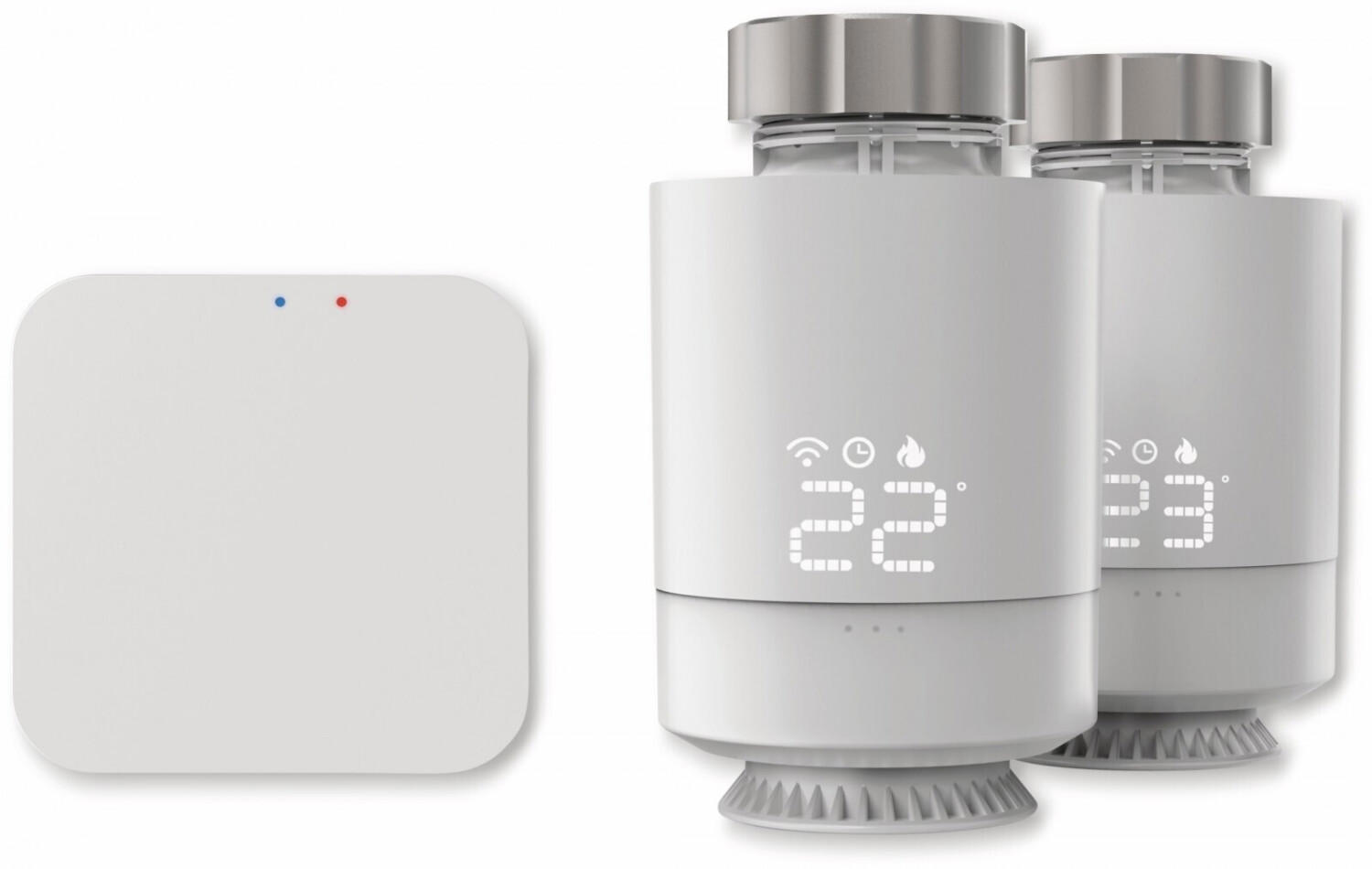
Connectivity options (Wi-Fi, Bluetooth, Zigbee, Z-Wave, etc.)
Some of the popular connectivity options available in the market include Wi-Fi, Bluetooth, Zigbee, and Z-Wave. Wi-Fi is a widely adopted standard as it offers a high-speed internet connection, allowing for seamless integration and control of multiple smart devices. Google Nest Hub Max is an excellent example of a smart home system that supports Wi-Fi connectivity, providing users with the ability to control their smart devices through voice commands and a touch screen interface.
Bluetooth is another option to consider, especially for devices in close proximity to each other. The Philips Hue Starter Kit is a popular choice for Bluetooth connectivity, allowing users to control their lighting with their smartphones and voice commands using an assistant like Amazon Alexa or Apple HomeKit.
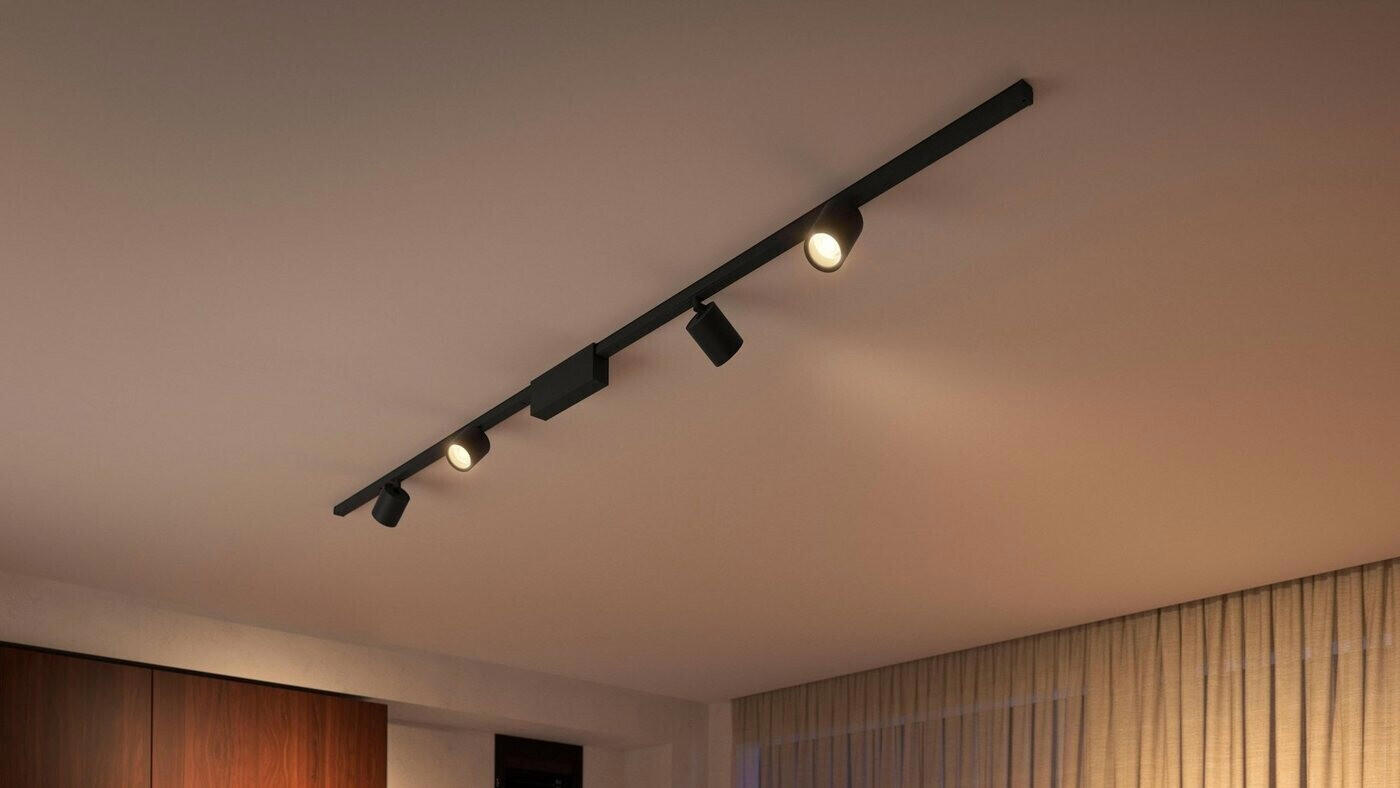

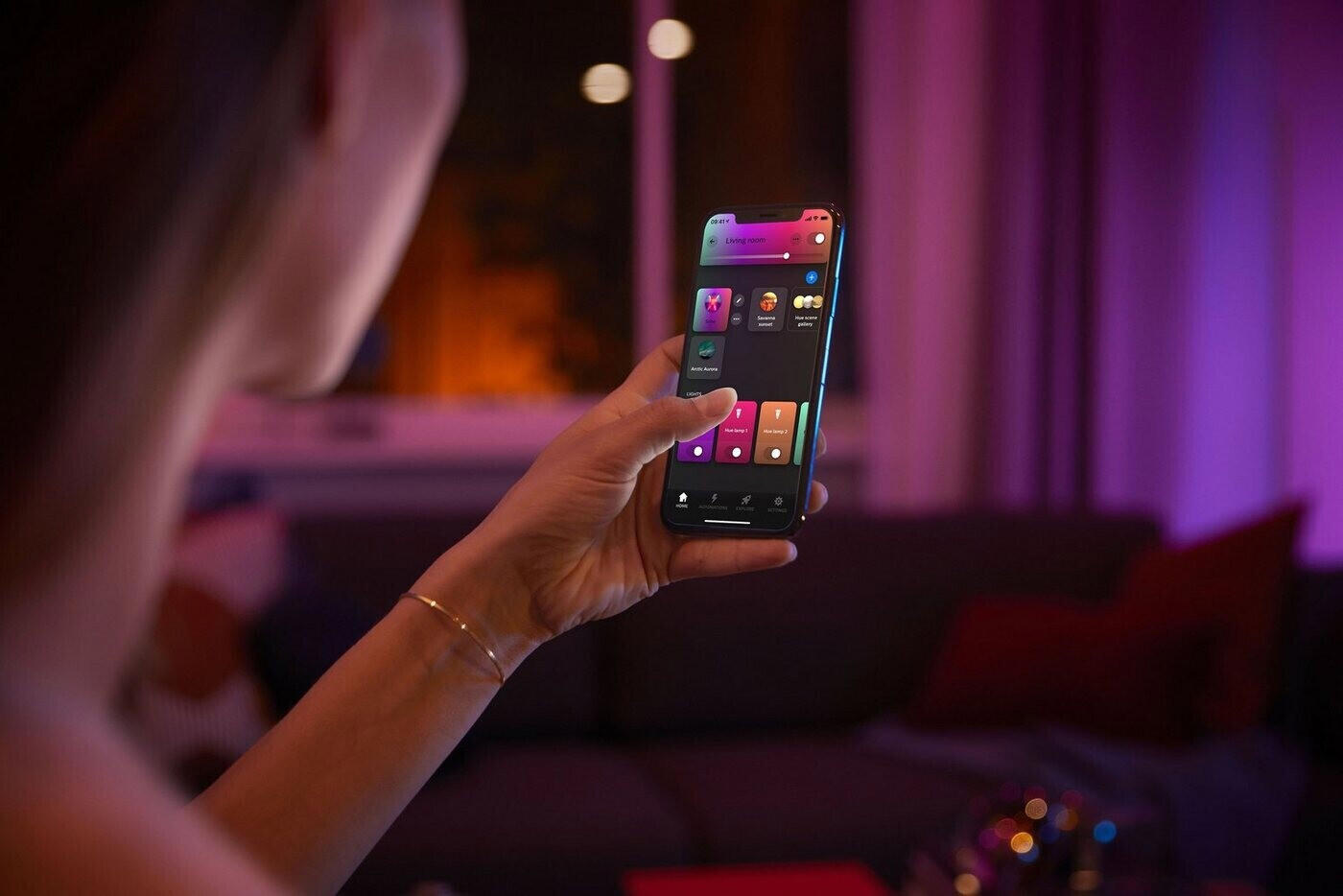
For larger smart home networks, Zigbee and Z-Wave are commonly used due to their low power consumption, extended range, and ability to mesh network. The Samsung SmartThings Hub is a well-known example that supports both Zigbee and Z-Wave connectivity, enabling users to manage a wide array of devices from different manufacturers in a single hub. This hub allows the integration of devices like door locks, thermostats, cameras, and more.
Voice control compatibility (Alexa, Google Assistant, Siri)
Voice control allows you to operate your smart devices and appliances hands-free, making your smart home experience much more convenient and efficient.
For those who prefer Amazon Alexa, it is crucial to select smart home products that are compatible with this voice assistant. The Amazon Echo Dot (4th generation) is a popular choice, featuring a built-in speaker and voice control capabilities. Other options include the Ring Video Doorbell Pro, which integrates seamlessly with Alexa for enhanced home security.
If you are more inclined towards Google Assistant, look for devices that can be controlled using this voice assistant. The Google Nest Hub offers voice-controlled smart home operations and acts as a central hub for your various smart devices. Additionally, the August Smart Lock Pro can be effortlessly managed through Google Assistant, allowing for easy access control to your home.
Apple users may prefer Siri compatibility in their smart home setup. Devices such as the Philips Hue White and Color Ambiance LED Starter Kit work seamlessly with Siri for customizable lighting experiences. Another option is the Yale Assure Lock SL, which can be conveniently controlled using Siri commands for enhanced keyless entry security.
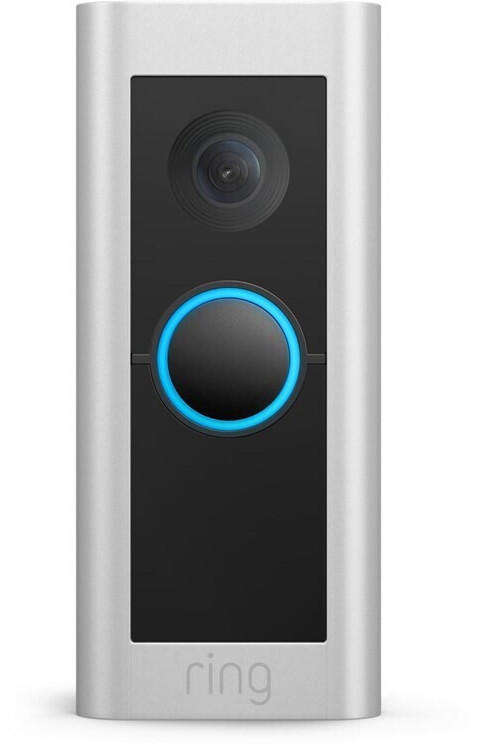

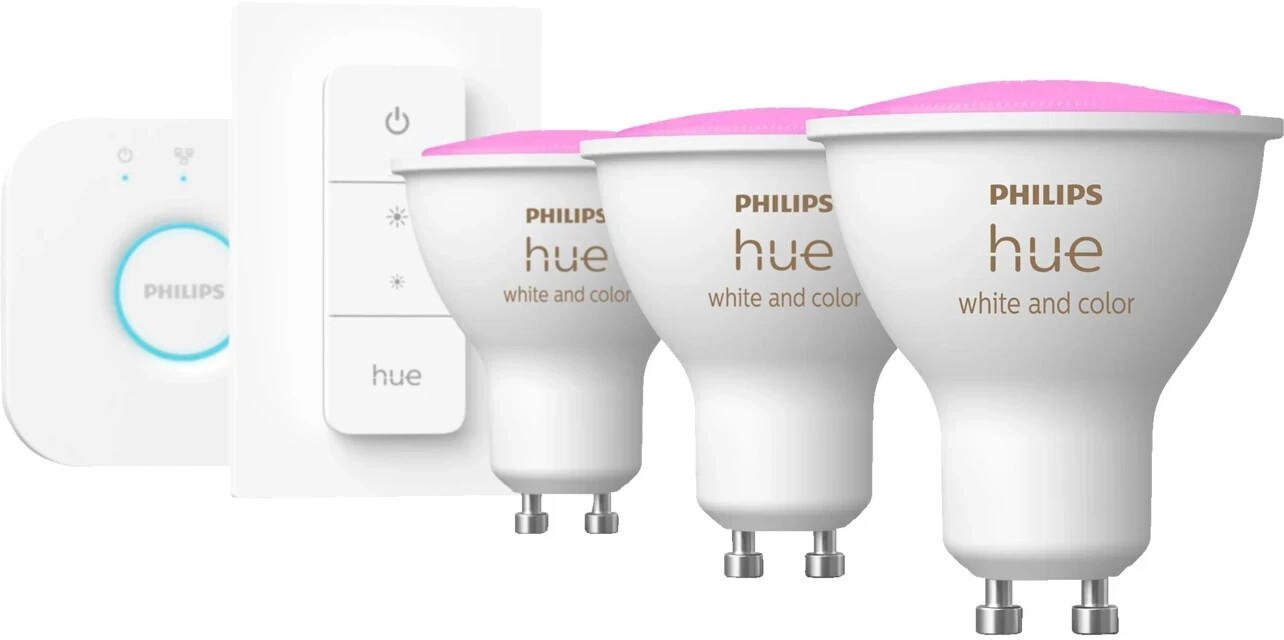
These examples showcase different products that correspond to voice control compatibility with Alexa, Google Assistant, and Siri, catering to individual preferences and user interfaces.
Mobile app control
A mobile app allows you to remotely access and manage your smart home devices from anywhere using your smartphone or tablet. Not all smart home systems offer a robust mobile app experience, so it is essential to choose one that fits your needs.
Some of the best smart home systems with outstanding mobile app control include Philips Hue, Nest, and Apple HomeKit. The Philips Hue system offers a mobile app that allows you to control their energy-efficient LED light bulbs, change colors, dim lights, and set automated schedules. The Nest ecosystem, on the other hand, provides a mobile app for their smart thermostats and security cameras. With the app, you can adjust your home's temperature, receive alerts, and check in on your home's security remotely. Lastly, Apple HomeKit integrates various smart home devices into a unified platform, allowing you to control them all through a single mobile app. It offers extensive support for different accessories, giving you the flexibility to customize and automate your smart home.
Automation and scheduling capabilities
Look for devices that offer comprehensive automation options, allowing you to control various aspects of your home remotely. One example is the Nest Learning Thermostat, which not only allows you to program temperature settings but also has the ability to learn your preferences and adapt to them over time. This smart thermostat can optimize energy usage by automatically adjusting temperatures based on your schedule and presence. Another notable product is Philips Hue Smart Lights, which enable you to create schedules for lighting to turn on and off automatically. With its integration with voice assistants like Amazon Alexa and Google Assistant, you can easily control the lights at scheduled times, enhancing convenience and energy efficiency.
Segmenting the products available into different groups, you may explore smart home hubs that offer advanced automation capabilities. Examples include the Samsung SmartThings Hub and the Amazon Echo Plus, which serve as central control points for various smart devices. These hubs can connect and coordinate multiple devices, allowing you to create custom automation routines and schedules, such as activating certain devices when you arrive home or turning off all lights at bedtime.
Energy efficiency
Opting for devices that are designed to consume less energy not only helps reduce your carbon footprint but also lowers utility bills. Several smart home products are renowned for their energy-efficient features. For instance, the Nest Learning Thermostat uses advanced algorithms to automate temperature adjustments, learning your preferences and optimizing energy consumption over time. Similarly, the Philips Hue LED Smart Bulbs are not only capable of producing a range of colors and dimming options but also consume up to 80% less energy compared to traditional incandescent bulbs. Another energy-efficient option for lighting is the Lutron Caséta Wireless Smart Lighting Starter Kit, which allows you to control and schedule your lights remotely, leading to additional energy savings.
Other devices that prioritize energy efficiency in the smart home realm include smart plugs such as the Belkin Wemo Insight Smart Plug. This product provides real-time energy monitoring, allowing you to identify energy-hungry devices and develop strategies for reducing usage. Additionally, integrating a smart power strip like the Teckin Smart Power Strip into your home can assist in managing energy consumption by allowing you to control multiple devices and monitor their power usage remotely. Investing in these energy-efficient smart home products can make a significant difference in both your energy bills and environmental responsibility.
Security features (encrypted data, two-factor authentication)
Look for products that offer encrypted data to ensure that all communication between devices is secure and inaccessible to hackers. One such example is the Ring Alarm Home Security System, which encrypts all customer data with the Advanced Encryption Standard (AES) 256-bit symmetric encryption. This robust encryption protocol ensures the confidentiality and integrity of your information.
In addition to encrypted data, two-factor authentication adds an extra layer of security by requiring users to provide an additional verification step beyond a password. The August Smart Lock Pro + Connect is a great option that offers two-factor authentication, allowing you to protect your home even if your password gets compromised. With this feature enabled, you will receive a push notification on your mobile device to approve or deny access requests, ensuring that only authorized individuals can control your smart lock.
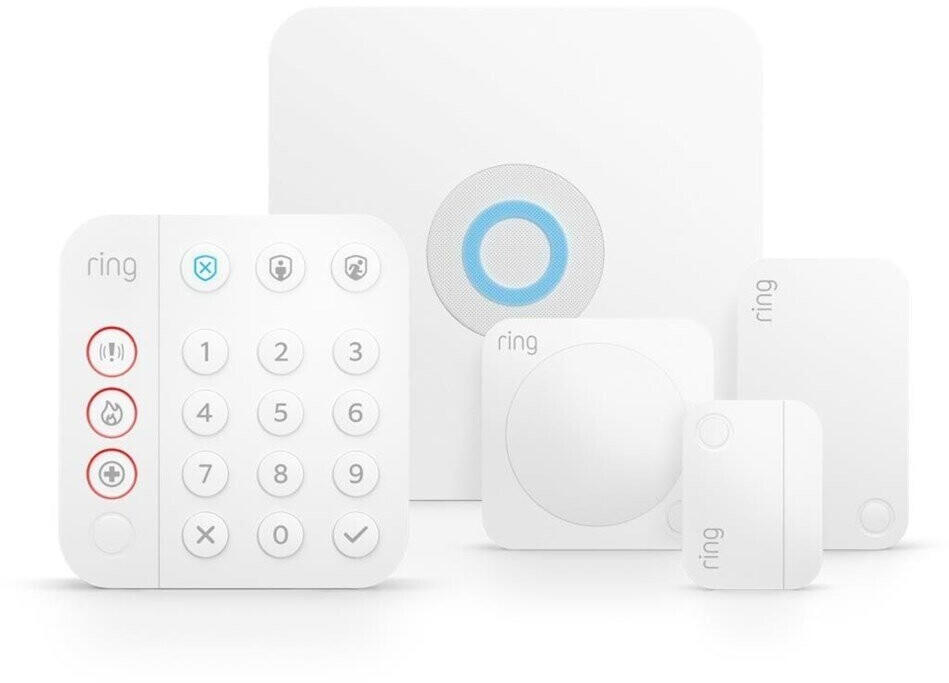
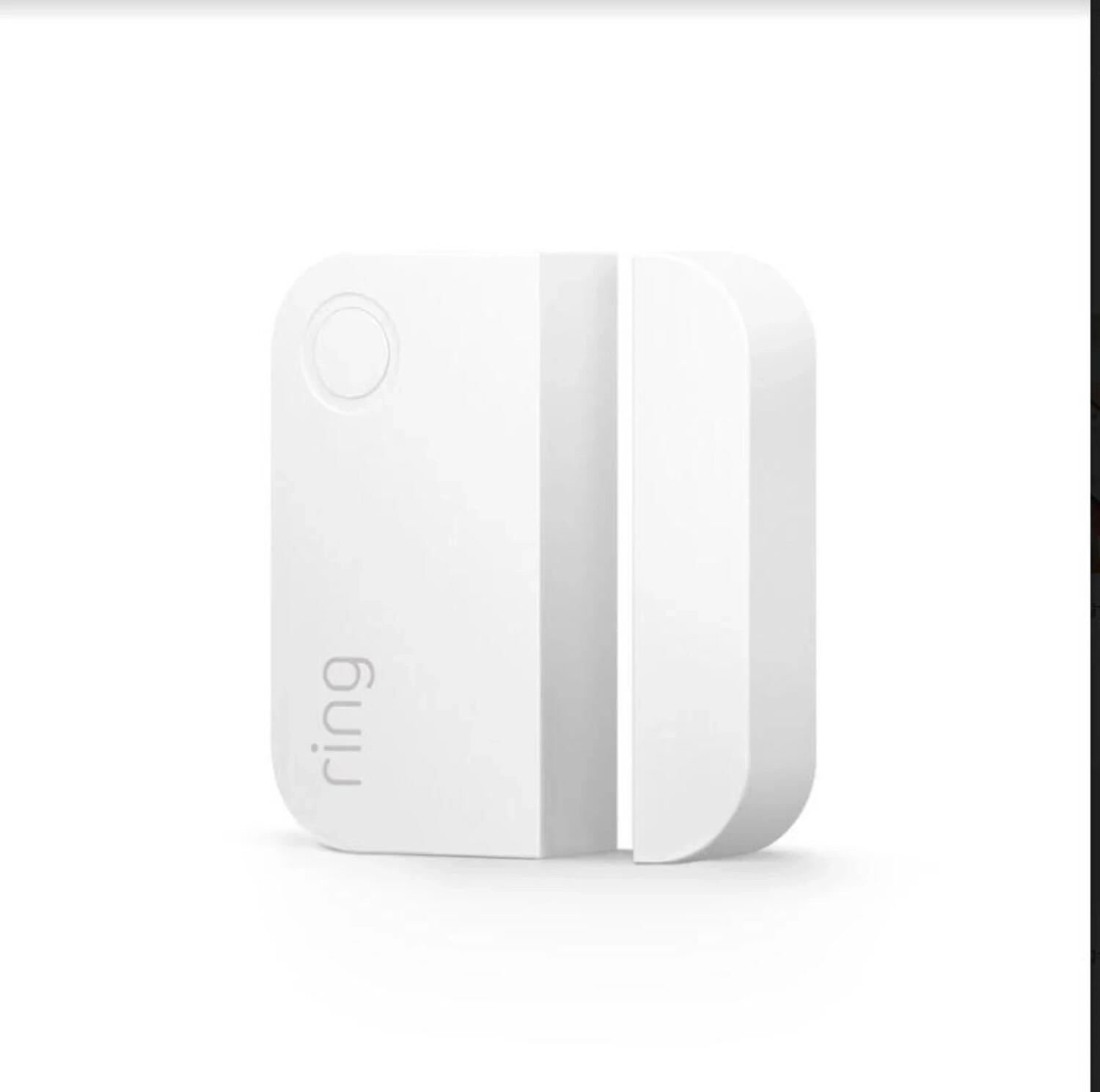
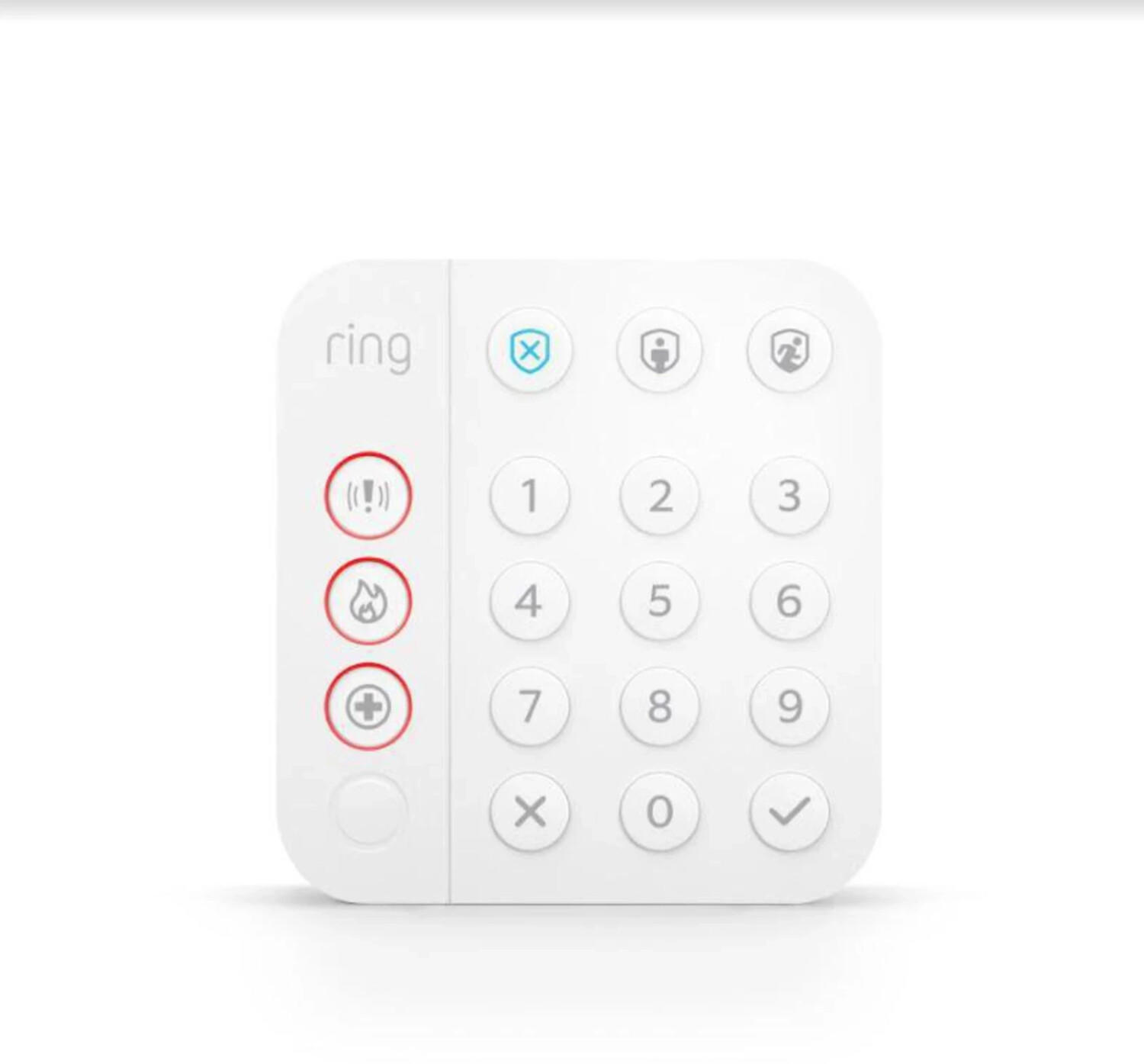
While there are various smart home security products available on the market, it is important to prioritize those that offer encrypted data and two-factor authentication to ensure the maximum protection of your personal information. Make sure to thoroughly review the specifications of each product, such as the mentioned Ring Alarm Home Security System and August Smart Lock Pro + Connect, to confirm that they meet your security requirements.
Smart home hub requirement
The smart home hub acts as the central control unit that connects all your smart devices, allowing you to control and automate your home from a single interface. There are several options available on the market, each offering different features and compatibility. For instance, the Samsung SmartThings Hub supports multiple communication protocols such as Zigbee and Z-Wave, which makes it compatible with a wide range of devices. On the other hand, the Amazon Echo Plus doubles as a smart speaker and a hub, enabling voice control along with device connectivity. Additionally, the Google Nest Hub Max utilizes Google Assistant AI to control and manage your smart home devices effortlessly. Assessing your specific needs and considering compatibility with your existing devices will greatly aid in finding the best smart home hub for your setup.
Integration with other smart devices (lights, locks, cameras)
Look for a smart home system that supports a wide range of devices to ensure seamless compatibility and control throughout your home. One notable product that excels in this aspect is the Samsung SmartThings Hub. With its compatibility with over 1000 smart devices and its ability to seamlessly connect lights, locks, cameras, and other sensors, it offers a comprehensive smart home automation experience.
Another option is the Amazon Echo Plus (2nd Gen) device, which serves as a smart home hub that easily connects with various smart home devices. Alexa smart assistant integration allows for voice control of supported devices, including lights, locks, cameras, and more. The Echo Plus also works with Zigbee-enabled devices without the need for additional hubs or bridge connections.
In terms of specific segments, there are also hubs designed for specific ecosystems, such as the Apple HomeKit-equipped HomePod Mini. It not only serves as a home speaker but also as a smart home hub for seamless integration with Apple HomeKit-enabled devices like lights, locks, and cameras. Similarly, the Google Nest Hub acts as a central control hub for various compatible smart home devices through seamless integration with Google Assistant.
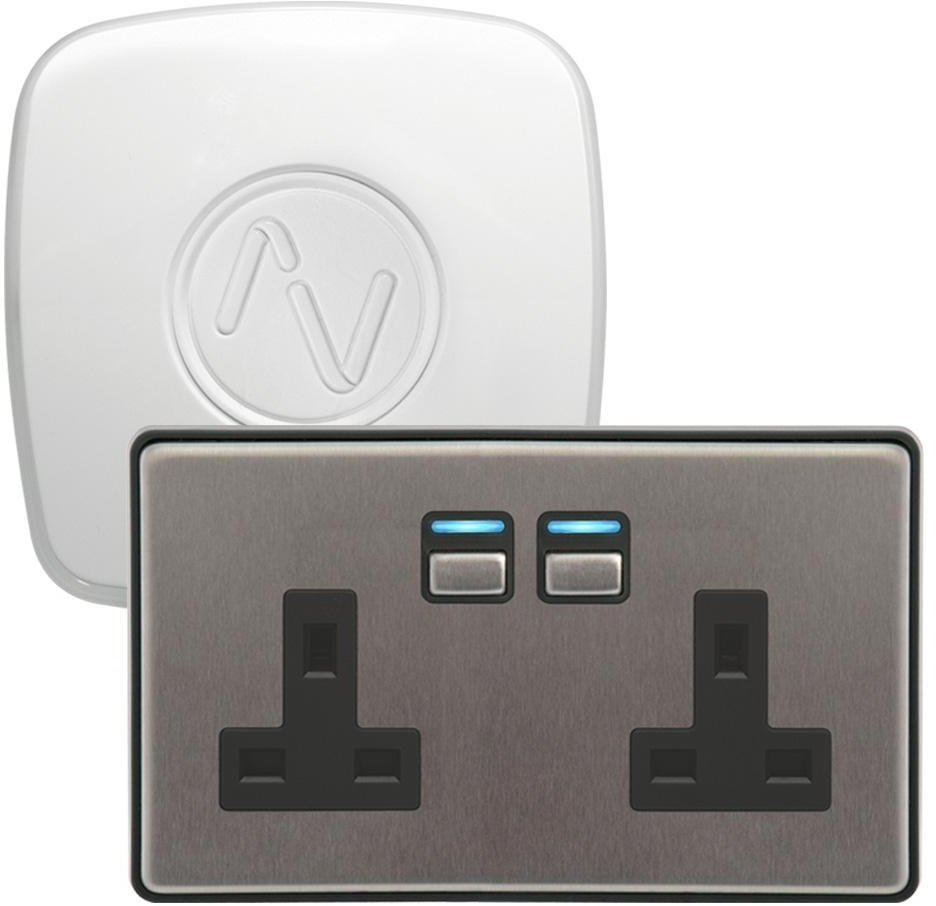

Remember, when choosing the best smart home, be sure to carefully evaluate the integration capabilities with other smart devices to ensure a comprehensive and cohesive smart home experience.
Device control range
This refers to the distance and reliability at which the smart home hub or controller can connect with and control various devices throughout your home. Certain factors can affect the range, such as the building's materials or interference from other devices. For larger homes or spaces with thick walls, it is essential to choose a smart home hub that provides a sufficiently long control range. Some excellent examples of smart home hubs with an extensive control range include the Google Nest Hub with a control range of up to 50 feet, the Samsung SmartThings Hub with a range of up to 300 feet, and the Amazon Echo Plus which can connect to devices within a range of up to 100 feet.

Ease of installation
Some products are designed for a hassle-free setup, allowing users to easily integrate them into their existing homes. For example, the Nest Learning Thermostat is renowned for its seamless installation. It comes with a user-friendly interface and detailed instructions, making it easy to install and connect to your home's heating and cooling systems. Another excellent choice is the Ring Video Doorbell, which offers a straightforward installation process. With just a few simple steps, you can mount it outside your front door and connect it to your home's Wi-Fi network, allowing you to see and communicate with visitors through your smartphone. These products highlight the significance of easy installation in the smart home industry, providing users with convenient options to upgrade their homes.
Design and aesthetics
Sleek and minimalist designs, combined with products that seamlessly blend in with your decor, can elevate the style quotient of your space. Aesthetically pleasing options like Google Nest Hub Max with its larger 10-inch HD display or the Amazon Echo Show 10 with its rotating screen offer stylish control centers that merge seamlessly with any modern interior. If you prefer a more discrete option, devices like the Ring Video Doorbell Pro 2 with its slim profile and custom faceplate options can seamlessly integrate into your home’s exterior, providing both functionality and an elegant visual appeal. For a cohesive appearance, look for smart home devices that offer interchangeable faceplates to match your style, like the TP-Link Kasa Smart Plug Mini or the Philips Hue Smart Bulbs. These designs ensure your smart home system not only simplifies your life but also enhances the aesthetics of your space.
Data privacy and protection
Look for devices that prioritize encryption and secure transmission protocols to ensure your personal data remains safe and inaccessible by unauthorized individuals. One option to consider is the Amazon Echo Show 10 (3rd Gen) which incorporates encryption for both data at rest and during transmission, providing a high level of privacy and security for the user. Additionally, devices with built-in voice command feature like the Nest Hub Max by Google ensures that your voice commands are securely processed and transmitted to the cloud for better privacy protection. It encrypts voice data when sending it to Google's servers and deletes the audio clips after a certain period of time to enhance user privacy.
Remote monitoring and access
This allows you to control and monitor your home devices from anywhere, providing convenience and peace of mind. Look for systems that offer seamless integration with voice assistants such as Amazon Alexa or Google Assistant, allowing you to control your smart home devices using voice commands. One option worth considering is the Amazon Echo Plus (2nd Gen), which combines a smart speaker and a hub in one device, enabling you to control various smart devices in your home through voice commands.
Another great option is the Samsung SmartThings Hub, which offers wide compatibility with various smart home devices and allows for remote control and monitoring through their smartphone app. With its Zigbee and Z-Wave connectivity, this hub can manage devices such as smart locks, sensors, and lights. Additionally, consider the Ring Video Doorbell Pro, which not only lets you monitor your front door remotely but also includes features like two-way audio communication and advanced motion detection. It seamlessly integrates with your existing smart home ecosystem, giving you complete control and peace of mind. Keep in mind that while these products offer remote monitoring and access functionality, there are other factors to consider when choosing the best smart home system.


Expandability and integration with third-party services
Expandability allows you to add and connect more devices and features to your smart home network in the future, ensuring that your system can grow with your needs. Integration with third-party services enables your smart home devices to work seamlessly with other platforms and services, offering a more comprehensive and interconnected ecosystem.
Some smart home systems that excel in expandability and third-party integration include the Samsung SmartThings Hub and the Amazon Echo Show (2nd Gen). The Samsung SmartThings Hub supports a wide range of devices and makes it easy to connect and expand your smart home network. It integrates with popular voice assistants like Amazon Alexa and Google Assistant, offering versatility and compatibility with various platforms. On the other hand, the Amazon Echo Show (2nd Gen) is not only a smart speaker but also a display device that connects to your smart home ecosystem. It works with numerous smart home devices and can be integrated with various services, such as video doorbells and security cameras, to provide a more comprehensive smart home experience.
Multi-platform support (iOS, Android)
This allows for seamless integration and control of your smart home devices from different operating systems. One product that offers excellent multi-platform support is the SmartThings Hub. It is compatible with both iOS and Android devices, allowing users to easily control their smart home devices and access advanced features such as automation and security. Another option is the Amazon Echo Plus, which also supports both iOS and Android and acts as a central hub for controlling various smart home devices through voice commands. For those looking for a more extensive range of devices, the Google Nest Hub Max provides a comprehensive smart home experience with multi-platform support.
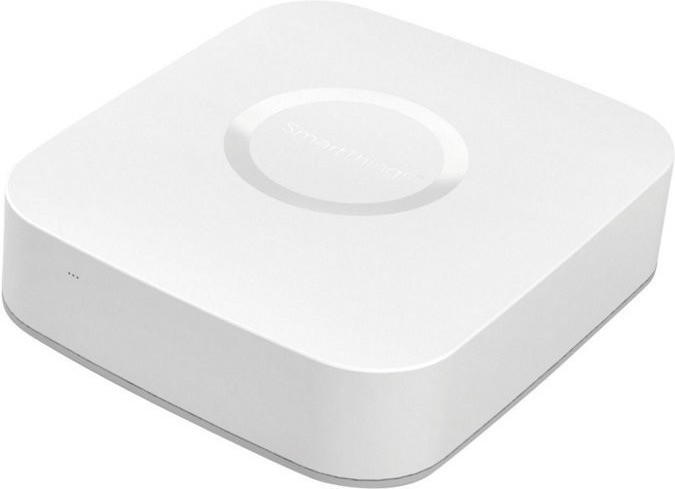
System notifications and alerts
A reliable smart home system should provide real-time notifications and alerts to inform you of any important events or changes within your home. For example, the Ring Alarm 5 Piece Kit offers customizable mobile notifications, alerting you to different events such as when a door or window is opened, when motion is detected, or even if the system is armed or disarmed. Another option is the Nest Secure Alarm System, which not only notifies you of important occurrences but also distinguishes between essential and non-essential events, ensuring that you are only alerted when necessary. With features like email notifications and instant push alerts, knowing which devices offer comprehensive system notifications and alerts can help you select the best smart home system suited to your needs.


Energy usage monitoring and reporting
This feature allows users to track and analyze their energy consumption, helping them make informed decisions about energy usage and potentially save on costs. One product that excels in this aspect is the Sense Energy Monitor. It provides real-time insights about energy usage in your home, breaking it down by individual appliances and helping you identify energy-hogging devices. Another excellent option is the Efergy e2 Smart Energy Monitor, which provides detailed information on real-time energy consumption, including costs, allowing you to optimize your energy usage. These products not only enhance energy efficiency but also enable users to understand and reduce their carbon footprint with comprehensive reporting and analysis.
Video streaming quality (if applicable)
The video streaming quality can greatly impact your overall experience and the level of detail you can see on your devices. The Amazon Fire TV Cube is a popular choice that supports 4K Ultra HD resolution and HDR content for stunning video quality. Another option is the Google Chromecast Ultra that also supports 4K resolution and provides smooth playback powered by the fast Wi-Fi connectivity. For those looking for an all-in-one solution, the Nest Hub Max by Google combines a smart display with excellent video streaming quality, featuring a 10-inch HD display and support for streaming services such as YouTube and Netflix. With their high-definition capabilities and advanced video processing technologies, these devices deliver exceptional streaming performance that elevates your smart home experience.
Compatibility with virtual reality or augmented reality
VR and AR are rapidly growing fields and having a smart home that seamlessly integrates with these technologies can enhance the overall user experience. There are some notable smart home products on the market that offer specific features catered towards VR or AR compatibility.
One such product is the Samsung SmartThings Hub (third-generation). This hub allows users to set up and control their smart home devices through the SmartThings app, creating a unified and connected system. It supports Zigbee, Z-Wave, and Wi-Fi protocols, ensuring compatibility with a wide range of smart home devices. With VR and AR in mind, this hub can integrate with devices like the Oculus Quest 2, a popular VR headset, to create a cohesive and immersive VR experience within your smart home.
Another example is the Google Nest Hub Max, a smart display with built-in Google Assistant. This device not only acts as a central hub for controlling your smart home devices but also features a 10-inch HD screen that can display AR experiences. With the help of Google's ARCore platform, the Nest Hub Max can overlay digital elements onto the real world, creating unique and interactive experiences within your home.

While these are just a few examples, it is important to do thorough research to find smart home products that are compatible with VR or AR if it's a priority for you.
Customization options
Look for smart home systems that offer a wide range of customization features, such as the ability to program specific actions and set personalized preferences. For example, Amazon Echo(4th Gen) is a popular smart home device that allows users to control various aspects of their home environment using voice commands. With its built-in support for over 50,000 skills and the ability to create custom routines, users can personalize their smart home experience to fit their unique needs and preferences. Another example is the Samsung SmartThings Hub, which acts as a central hub for connecting and controlling various smart devices. It offers a wide range of customization options through its SmartThings app, allowing users to create custom automations, scenes, and schedules to control their smart home devices based on their specific requirements.
Auto firmware updates
These updates ensure that your devices are constantly improving and staying secure with the latest software enhancements. By automatically updating the firmware, you can avoid the hassle of manually checking for updates and protect your system from potential vulnerabilities.
One product that particularly excels in providing auto firmware updates is the Google Nest Hub. With its continuous background updates, the Nest Hub ensures that your smart home devices are always running the most up-to-date firmware. Another top-notch option is the Amazon Echo Plus that also offers firmware updates on a regular basis, enhancing security and functionality. These products showcase the importance of automatic firmware updates in ensuring a seamless and secure smart home experience.

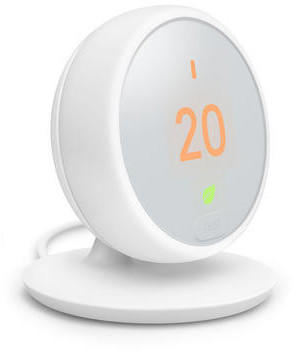
Range of supported smart home categories (lighting, heating, security, etc.)
This refers to the various types of devices that the smart home system can control and integrate with, such as lighting, heating, security, and more.
For example, the Philips Hue smart lighting system offers a wide range of options for controlling your home's lighting. It supports various types of bulbs, including color-changing bulbs and outdoor lighting options. The Google Nest Thermostat is an excellent choice for controlling your home's heating and cooling as it is compatible with a wide range of HVAC systems and can learn your preferences to optimize energy usage.
If security is your main concern, the Ring Alarm system provides comprehensive home security and can integrate with other Ring products such as video doorbells and security cameras, allowing you to have a complete security setup. Another option, August Smart Lock Pro, can be integrated with your existing locks, offering additional convenience and security for your home.




These examples demonstrate the variety of supported smart home categories that are available in the market. By carefully considering your specific needs and the range of supported categories offered by different smart home systems, you can choose a system that fits your requirements.
Geolocation-based automation
This feature allows your smart home devices to automatically adjust their settings based on your location. For example, when you leave your home, the system can automatically turn off lights, adjust thermostats, and lock doors. When you return, the system can welcome you by turning on lights and adjusting the temperature. This convenience not only saves energy but also enhances security.
There are several products on the market that offer geolocation-based automation. One notable example is the Nest Learning Thermostat. This smart thermostat can sense when you're away and automatically adjust the temperature to save energy. When it detects your return, it quickly restores a comfortable environment. Another product to consider is the August Smart Lock Pro. This smart lock uses geolocation to automatically lock your door behind you when you leave, adding an extra layer of security to your home. These products demonstrate how geolocation-based automation can enhance the functionality and convenience of a smart home system.
Support for different sensors (motion, temperature, humidity, etc.)
These sensors play a crucial role in monitoring and automating different aspects of your home. For example, Ecobee SmartThermostat with Voice Control provides support for temperature and occupancy sensors. It can track temperature, humidity, and detect motion to optimize the temperature settings in your home for maximum comfort and energy savings.
Another example is Ring Alarm Security Kit, which not only offers a high-quality security system but also supports motion sensors. These sensors can trigger alarms and send notifications to your phone if unexpected motion is detected in specific areas of your home.
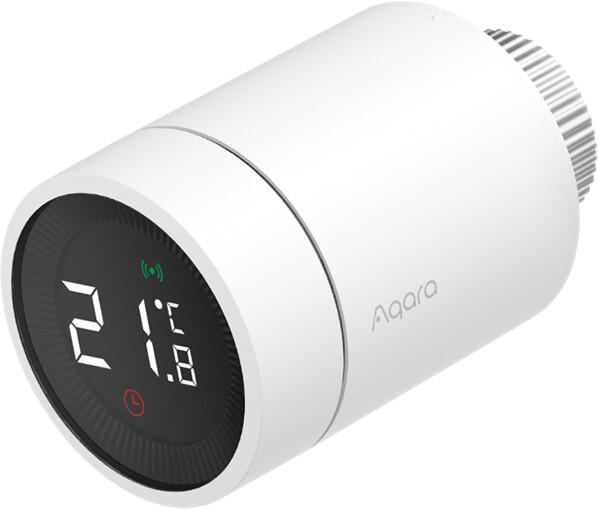
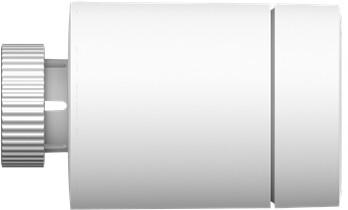


Segmenting the market, we find several brands that excel in offering support for different sensors. The Nest Secure Alarm System integrates with a wide range of third-party sensors, including motion sensors and door/window sensors. On the other hand, the Samsung SmartThings Hub allows you to connect a variety of sensors, such as temperature and moisture sensors, for comprehensive home automation and monitoring.
Compatibility with smart TVs and entertainment systems
This ensures a seamless integration and control of your home automation system with your entertainment devices. Look for smart home systems that are compatible with popular smart TV brands, such as Samsung, LG, and Sony. For example, the Samsung SmartThings Hub supports integration with Samsung smart TVs, allowing you to control your TV and other connected devices using one centralized app.
Additionally, consider products that support common entertainment system protocols and technologies. For instance, the Logitech Harmony Elite Remote Control not only consolidates control of all your entertainment devices but also integrates with popular smart home platforms like Alexa and Google Assistant. Another option is the Philips Hue Play HDMI Sync Box, which syncs your Philips Hue lights with your TV's content, creating a dynamic and immersive viewing experience. Overall, prioritize smart home systems that can seamlessly integrate with your existing smart TVs and entertainment devices to enhance your overall home automation experience.
Music streaming capabilities (if applicable)
Look for systems that offer seamless integration with popular music streaming services such as Spotify, Apple Music, or Amazon Music. For instance, the Sonos One SL and Sonos Move are excellent options that support a wide range of music services and can be effortlessly controlled from your smart devices. With their advanced features like Wi-Fi and Bluetooth connectivity, these speakers allow you to stream your favorite tunes with exceptional audio quality. Additionally, the Google Nest Hub Max is a smart display that not only provides access to various music streaming services but also allows you to control your music with simple voice commands through its built-in Google Assistant. Remember to choose a smart home system that caters to your music preferences and provides a seamless streaming experience.
Smart sensors for air quality, CO2 levels, etc.
These sensors use advanced technology to provide real-time data that can help you maintain a healthier living environment. One example of such a sensor is the Airthings Wave Plus Radon & Air Quality Monitor. This sensor measures radon levels, which is a harmful gas that can be found in homes due to the natural breakdown of uranium in soil, rock, and water. It also measures temperature, humidity, air pressure, CO2 levels, and volatile organic compounds (VOCs) in the air. Another option is the Foobot Smart Air Quality Monitor, which detects indoor air pollution and provides actionable information to improve air quality. It measures the level of particulate matter (PM2.5 and PM10), carbon dioxide, volatile organic compounds, temperature, and humidity. Both of these sensors offer reliability, accuracy, and features that contribute to a safe and comfortable living environment.
Integration with renewable energy systems (solar panels, etc.)
A great example of a product that offers seamless integration with renewable energy systems is the Tesla Powerwall. This innovative energy storage solution allows you to store excess energy generated by solar panels during the day for use during the nighttime or in the event of a power outage. The Powerwall also offers smart energy management features that allow you to track your energy usage and optimize your solar system's performance.
Another notable product in this category is the Enphase Ensemble. This smart home system integrates with solar energy and storage solutions to provide reliable and continuous power supply. The Ensemble solution includes the Enpower smart switchboard which intelligently manages power from multiple sources, including solar panels and the grid, maximizing the use of renewable energy.
In the market, you can find various smart home system brands that offer integration with renewable energy systems. These include Sonnen, LG Chem, and Solax Power. Each brand offers different models and capacity options to suit your energy storage needs and maximize the integration with renewable energy sources such as solar panels.
App compatibility with wearables (smartwatches, fitness trackers)
This ensures that you can easily control and monitor your smart home devices from your wrist, making the integration seamless and convenient.
One excellent option for wearables compatibility is the Philips Hue smart lighting system. The Philips Hue app is compatible with both Apple Watch and various fitness trackers like Fitbit and Garmin, allowing you to control your lights and create personalized lighting scenes directly from your wearable device. Additionally, the Samsung SmartThings app is another great choice as it supports wearables like Samsung's own Galaxy Watch and fitness trackers such as the Withings Steel HR. With the Samsung SmartThings app, you can not only control smart lighting but also manage security cameras, sensors, door locks, and more, all from your compatible wearable.

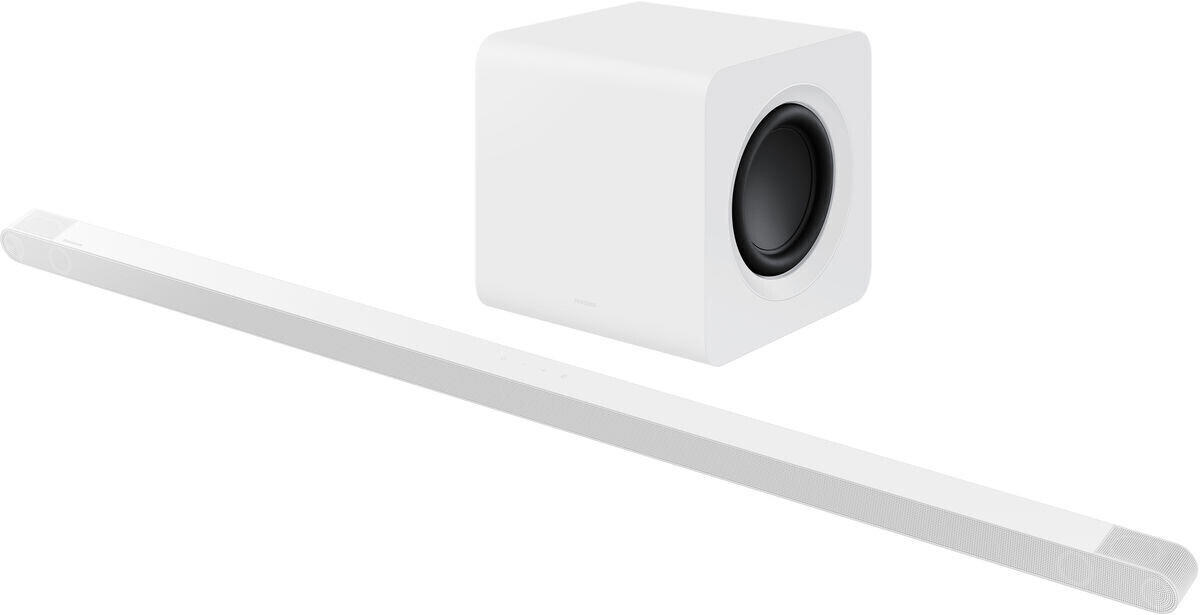
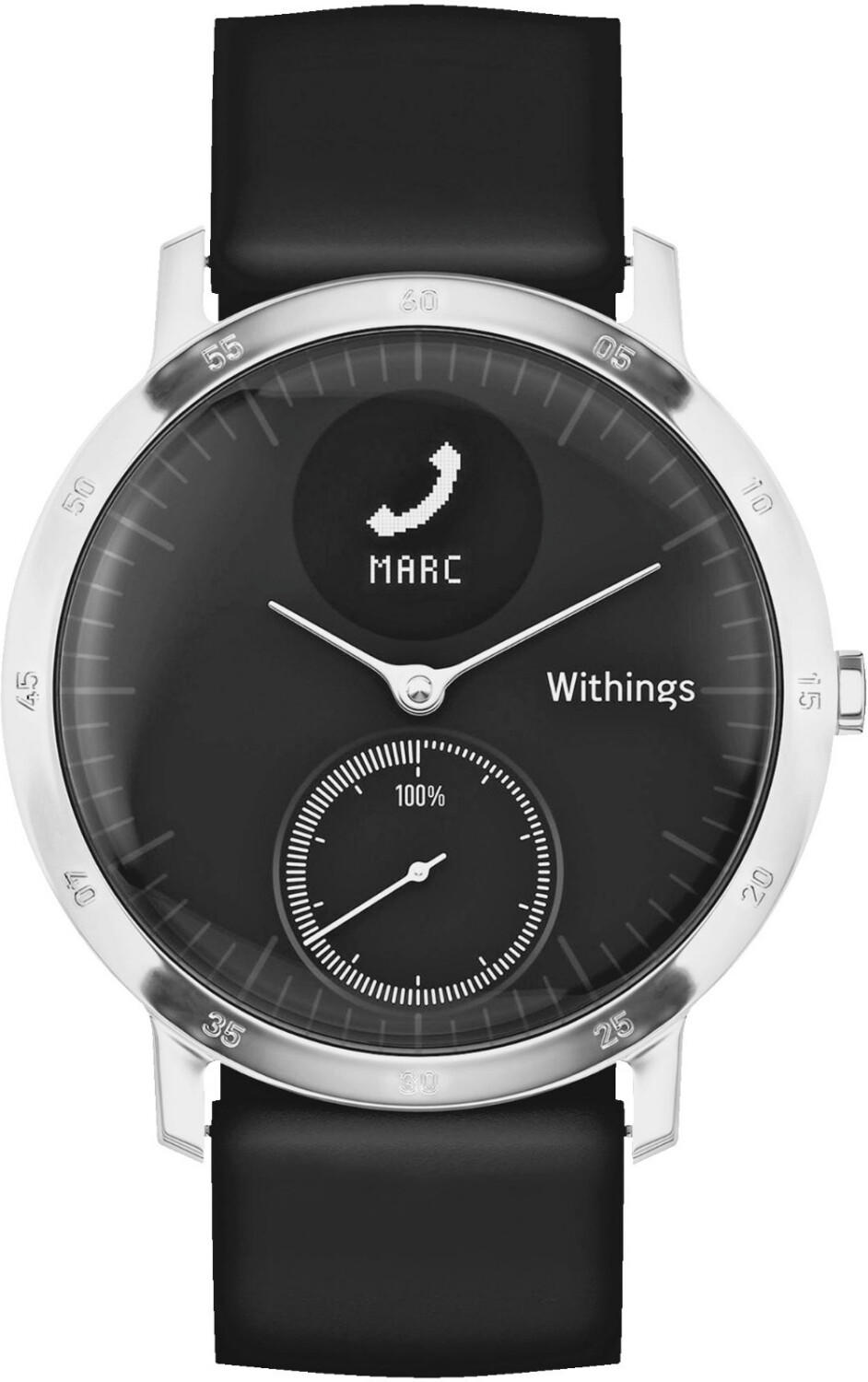
Another way to categorize the products available on the market would be based on the operating systems they support. For iOS users, the Eve app from Elgato is worth considering as it supports wearables like Apple Watch, allowing you to control all your Eve smart devices with just a glance at your wrist. On the other hand, for Android users, the Google Nest app provides seamless integration with wearables such as the Samsung Galaxy Watch and Huawei Watch GT2, enabling you to control your smart home devices effortlessly.


Price
The cost of a Smart Home can vary widely, ranging from budget-friendly options to high-end, luxurious systems. One cost-effective option is the Amazon Echo Dot which serves as the heart of a smart home with its voice-activated assistant, smart speaker, and compatibility with various smart devices. For those willing to invest a bit more, the Google Nest Hub offers a vibrant touchscreen display, voice control, and compatibility with numerous smart products for seamless home automation. Moving up the price range, the Apple HomePod Mini not only provides excellent audio quality but also acts as a central hub to control various smart devices through Apple's HomeKit platform. These examples highlight the range of prices available in the market, allowing users to choose a Smart Home system that aligns with their budget while still providing a comprehensive and connected experience.
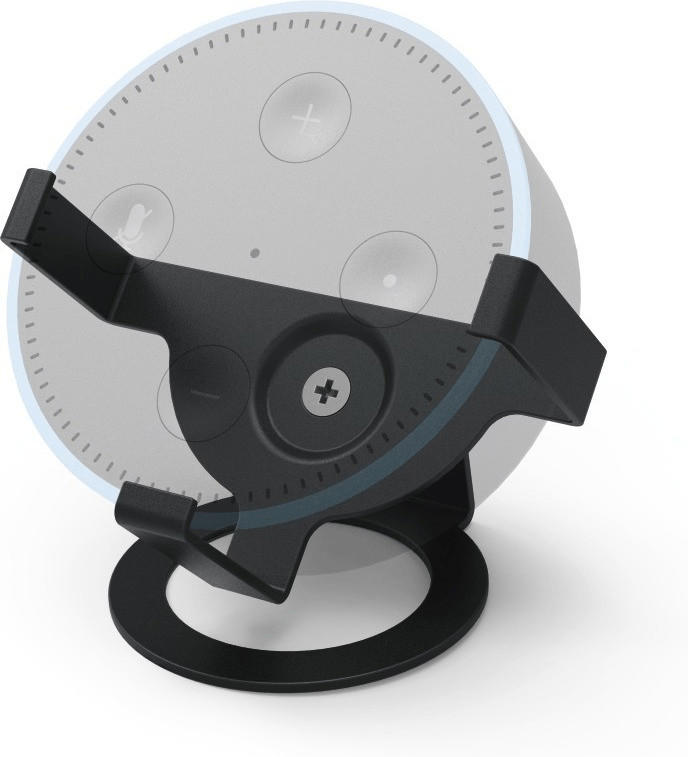

Variety of brands
The variety of brands ensures that there is a wide range of options to choose from, each with their own unique features and specifications. However, it can also make the decision-making process overwhelming, as some brands may offer similar products with different benefits and drawbacks.
For instance, in the category of smart speakers, brands like Amazon, Google, and Apple offer their own variations. Amazon's Echo Dot packs a lot of features into a compact and affordable device, making it a great entry-level option. On the other hand, Google's Nest Audio has superior sound quality and seamless integration with Google Assistant, making it perfect for music lovers. Apple's HomePod Mini comes with the advantage of Siri compatibility and is an excellent choice for those who are heavily invested in the Apple ecosystem.
In terms of smart security systems, SimpliSafe and Ring are two popular brands to consider. SimpliSafe's 8-Piece Wireless Home Security System is a comprehensive and customizable setup that offers professional monitoring options, while Ring's Alarm 5-Piece Kit is known for its user-friendly design and affordability.
When it comes to smart home hubs, Samsung's SmartThings Hub stands out with its wide compatibility with products from various brands, allowing you to build a cohesive smart home ecosystem. Alternatively, the Echo Show 10 from Amazon serves as a hub with a built-in display, giving you visual control and access to compatible smart devices.
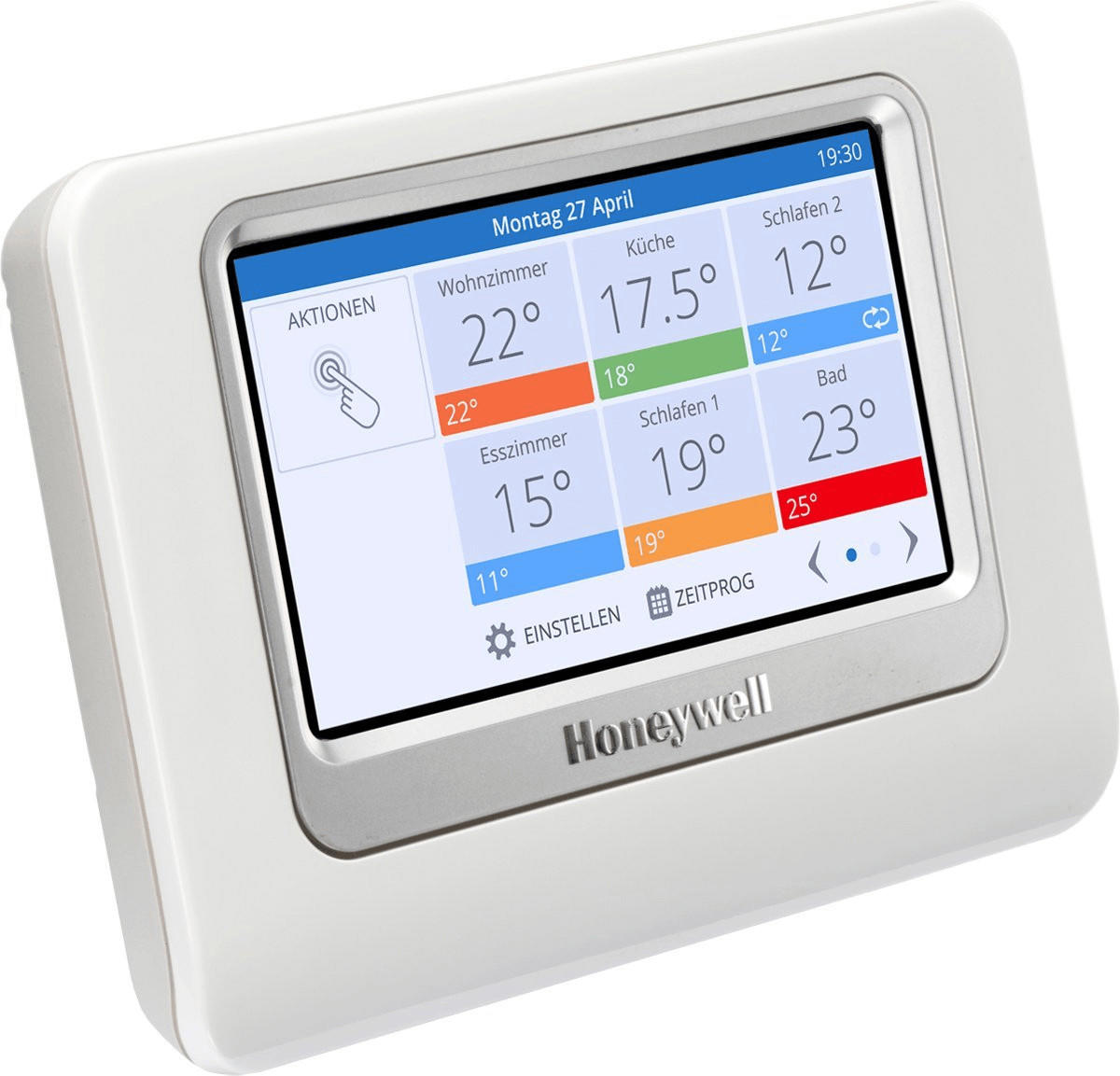

Remember to research each brand's offerings, taking into consideration features, compatibility, and customer reviews to choose the brand that best aligns with your preferences and needs. Variety in brands ensures that you can find the perfect smart home devices that suit your aspirations and enhance your everyday life.